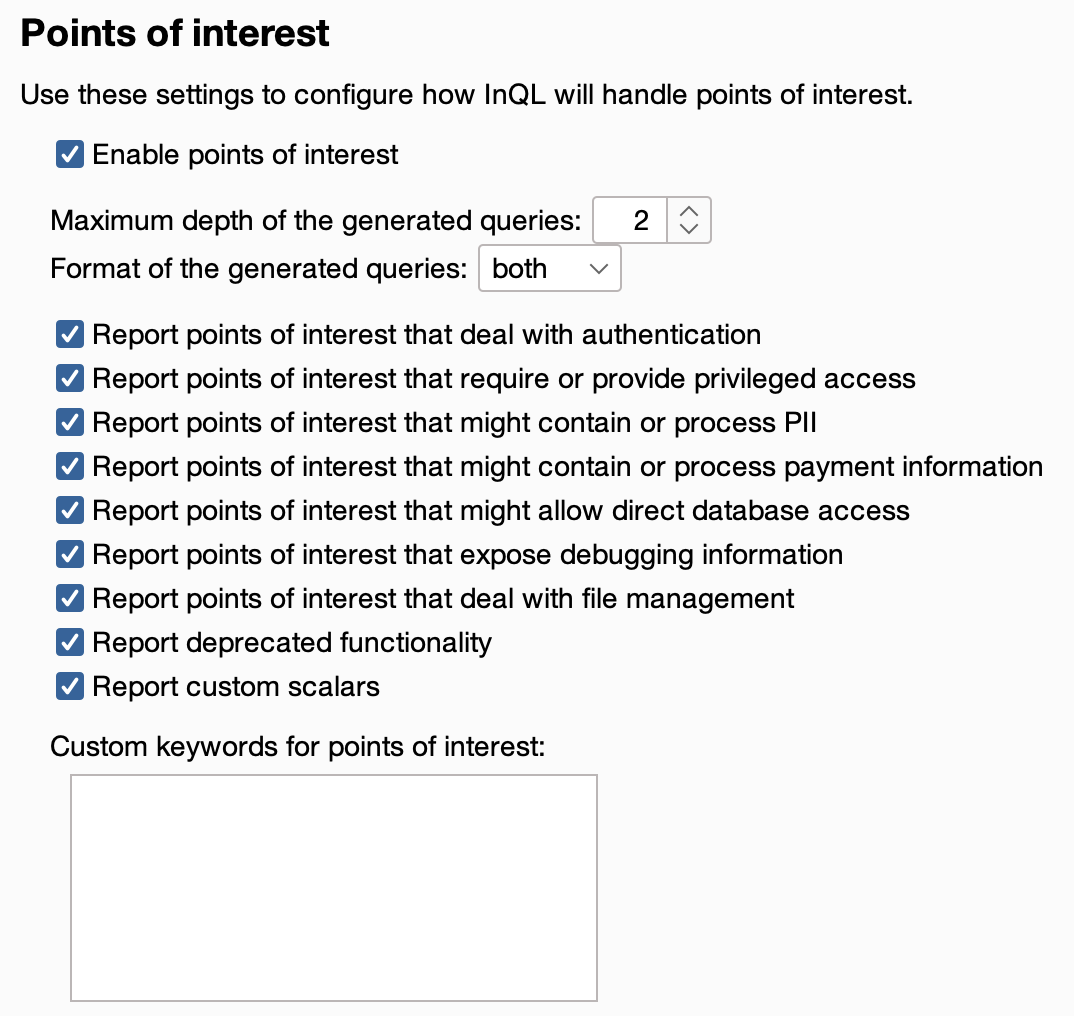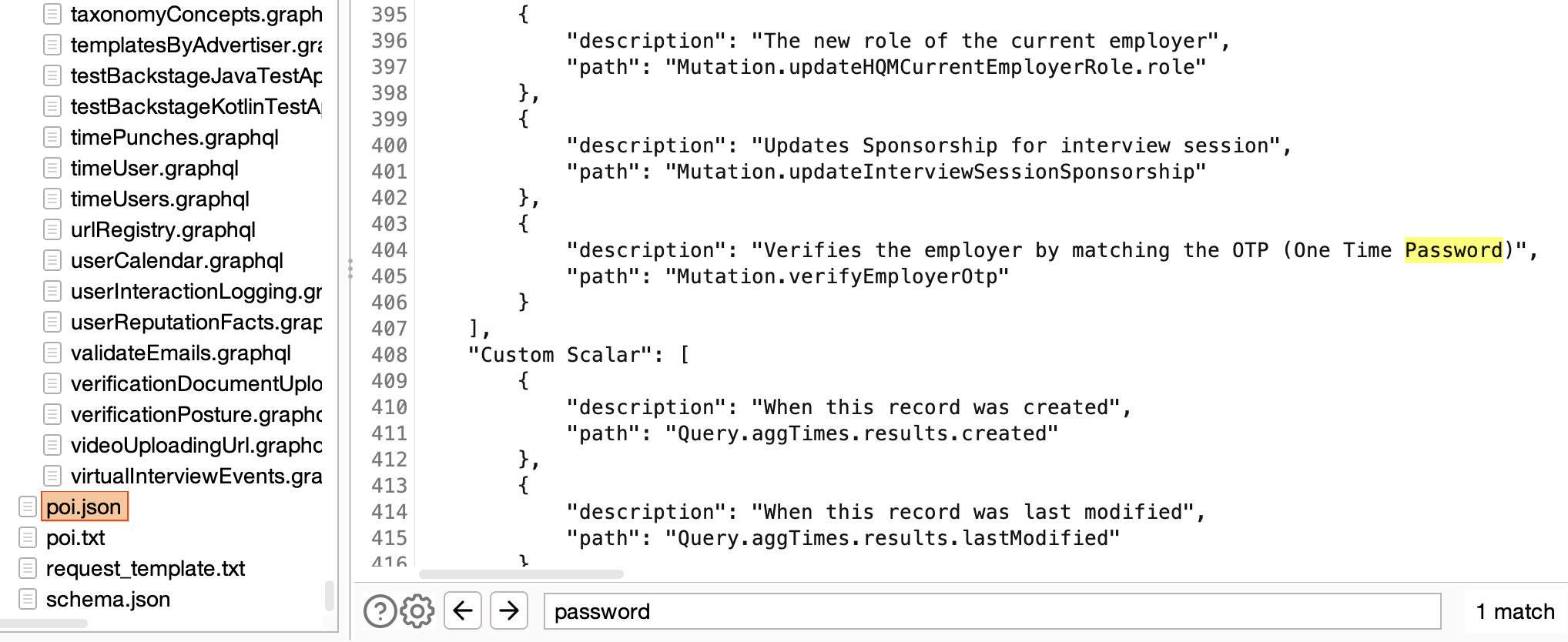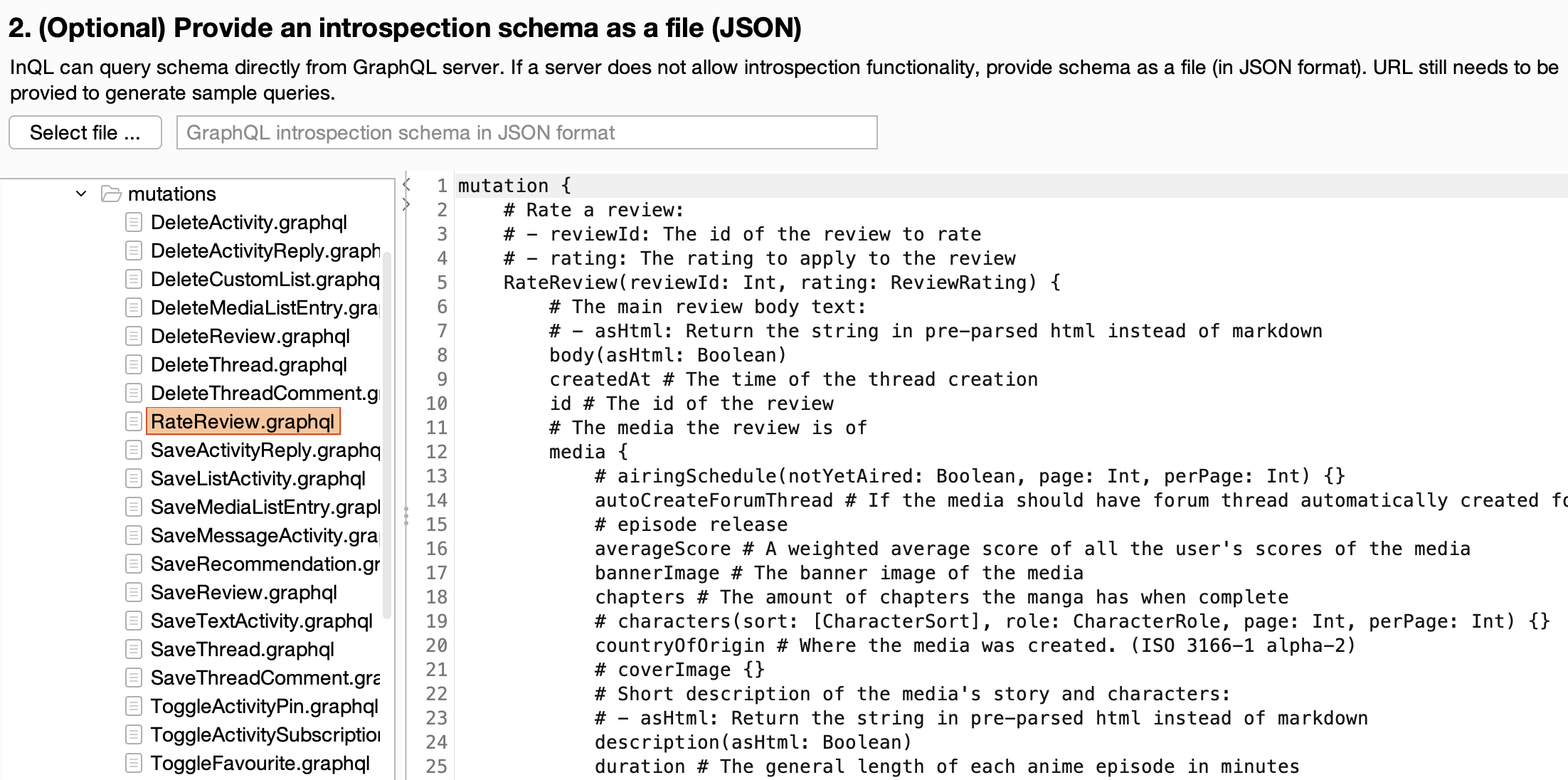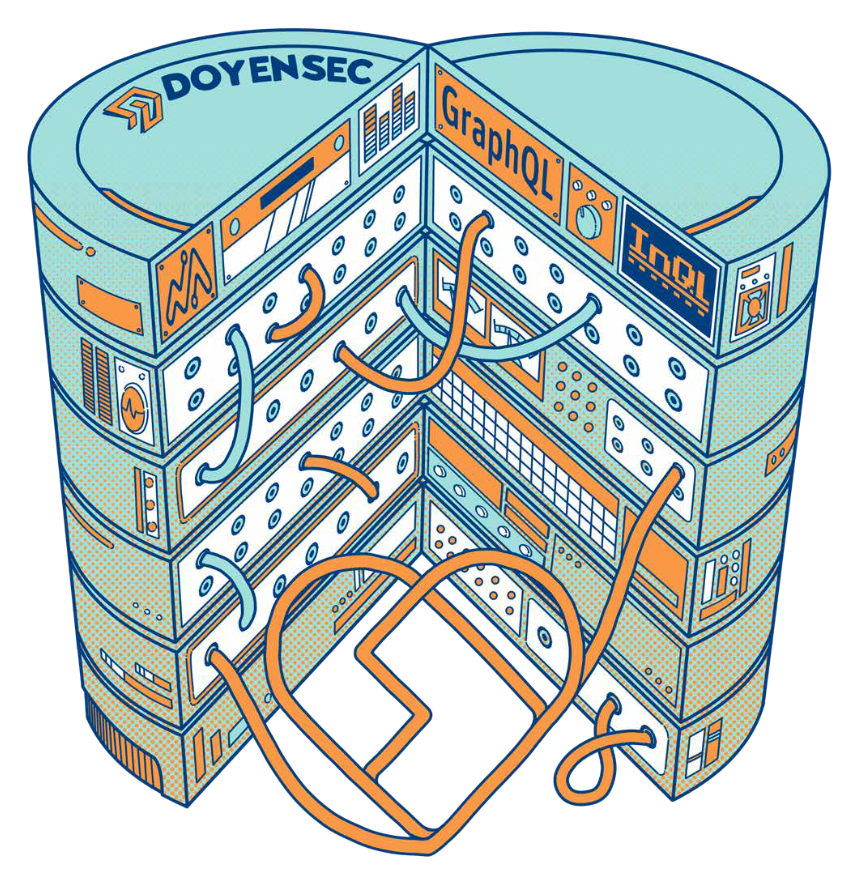InQL v5: A Technical Deep Dive
17 Aug 2023 - Posted by Andrew KonstantinovWe’re thrilled to pull back the curtain on the latest iteration of our widely-used Burp Suite extension - InQL. Version 5 introduces significant enhancements and upgrades, solidifying its place as an indispensable tool for penetration testers and bug bounty hunters.
- Introduction
- The Journey So Far: From Jython to Kotlin
- Introducing GQLSpection: The Core of InQL v5.x
- New Features
- The Future of InQL and GraphQL Security
- InQL: A Great Project for Students and Contributors
- Conclusion

Introduction
The cybersecurity landscape is in a state of constant flux. As GraphQL adoption surges, the demand for an adaptable, resilient testing tool has become paramount. As leaders in GraphQL security, Doyensec is proud to reveal the most recent iteration of our open-source testing tool - InQL v5.x. This isn’t merely an update; it’s a comprehensive revamp designed to augment your GraphQL testing abilities.
The Journey So Far: From Jython to Kotlin
Our journey with InQL started on the Jython platform. However, as time went by, we began to experience the limitations of Jython - chiefly, its lack of support for Python 3, which made it increasingly difficult to find compatible tooling and libraries. It was clear a transition was needed. After careful consideration, we chose Kotlin. Not only is it compatible with Java (which Burp is written in), but it also offers robustness, flexibility, and a thriving developer community.
The Challenges of Converting a Burp Extension Into Kotlin
We opted to include the entire Jython runtime (over 40 MB) within the Kotlin extension to overcome the challenges of reusing the existing Jython code. Although it wasn’t the ideal solution, this approach allowed us to launch the extension as Kotlin, initiate the Jython interpreter, and delegate execution to the older Jython code.
class BurpExtender: IBurpExtender, IExtensionStateListener, BurpExtension {
private var legacyApi: IBurpExtenderCallbacks? = null
private var montoya: MontoyaApi? = null
private var jython: PythonInterpreter? = null
private var pythonPlugin: PyObject? = null
// Legacy API gets instantiated first
override fun registerExtenderCallbacks(callbacks: IBurpExtenderCallbacks) {
// Save legacy API for the functionality that still relies on it
legacyApi = callbacks
// Start embedded Python interpreter session (Jython)
jython = PythonInterpreter()
}
// Montoya API gets instantiated second
override fun initialize(montoyaApi: MontoyaApi) {
// The new Montoya API should be used for all of the new functionality in InQL
montoya = montoyaApi
// Set the name of the extension
montoya!!.extension().setName("InQL")
// Instantiate the legacy Python plugin
pythonPlugin = legacyPythonPlugin()
// Pass execution to legacy Python code
pythonPlugin!!.invoke("registerExtenderCallbacks")
}
private fun legacyPythonPlugin(): PyObject {
// Make sure UTF-8 is used by default
jython!!.exec("import sys; reload(sys); sys.setdefaultencoding('UTF8')")
// Pass callbacks received from Burp to Python plugin as a global variable
jython!!.set("callbacks", legacyApi)
jython!!.set("montoya", montoya)
// Instantiate legacy Python plugin
jython!!.exec("from inql.extender import BurpExtenderPython")
val legacyPlugin: PyObject = jython!!.eval("BurpExtenderPython(callbacks, montoya)")
// Delete global after it has been consumed
jython!!.exec("del callbacks, montoya")
return legacyPlugin
}
Sidestepping the need for stickytape
Our switch to Kotlin also solved another problem. Jython extensions in Burp
Suite are typically a single .py file, but the complexity of InQL necessitates a
multi-file layout. Previously, we used the
stickytape library to compress the
Python code into a single file. However, stickytape introduced subtle bugs and
inhibited access to static files. By making InQL a Kotlin extension, we can now
bundle all files into a JAR and access them correctly.
Introducing GQLSpection: The Core of InQL v5.x
A significant milestone in our transition journey involved refactoring the core portion of InQL that handles GraphQL schema parsing. The result is GQLSpection - a standalone library compatible with Python 2/3 and Jython, featuring a convenient CLI interface. We’ve included all GraphQL code examples from the GraphQL specification in our test cases, ensuring comprehensive coverage.
As an added advantage, it also replaces the standalone and CLI modes of the previous InQL version, which were removed to streamline our code base.

New Features
Our clients rely heavily on cutting-edge technologies. As such, we frequently have the opportunity to engage with real-world GraphQL deployments in many of our projects. This rich exposure has allowed us to understand the challenges InQL users face and the requirements they have, enabling us to decide which features to implement. In response to these insights, we’ve introduced several significant features in InQL v5.0 to support more effective and efficient audits and investigations.
Points of Interest
One standout feature in this version is ‘Points of Interest’. Powered by GQLSpection and with the initial implementation contributed by @schoobydrew, this is essentially a keyword scan equipped with several customizable presets.

The Points of Interest scan proves exceptionally useful when analyzing extensive schemas with over 50 queries/mutations and thousands of fields. It produces reports in both human-readable text and JSON format, providing a high-level overview of the vast schemas often found in modern apps, and aiding pentesters in swiftly identifying sensitive data or dangerous functionality within the schema.

Improved Logging
One of my frustrations with earlier versions of the tool was the lack of useful error messages when the parser broke on real-world schemas. So, I introduced configurable logging. This, coupled with the fact that parsing functionality is now handled by GQLSpection, has made InQL v5.0 much more reliable and user-friendly.
In-line Annotations
Another important addition to InQL are the annotations. Prior to this, InQL only generated the bare minimum query, necessitating the use of other tools to deduce the correct input format, expected values, etc. However, with the addition of inline comments populated with content from ‘description’ fields from the GraphQL schema or type annotations, InQL v5.0 has become much more of a standalone tool.

There is a trade-off here: while the extensive annotations make InQL more usable, they can sometimes make it hard to comprehend and navigate. We’re looking at solutions for future releases to dynamically limit the display of annotations.
The Future of InQL and GraphQL Security
Our roadmap for InQL is ambitious. Having said that, we are committed to reintroduce features like GraphiQL and Circular Relationship Detection, achieving full feature parity with v4.
As GraphQL continues to grow, ensuring robust security is crucial. InQL’s future involves addressing niche GraphQL features that are often overlooked and improving upon existing pentesting tools. We look forward to sharing more developments with the community.
InQL: A Great Project for Students and Contributors
InQL is not just a tool, it’s a project – a project that invites the contributions of those who are passionate about cybersecurity. We’re actively seeking students and developers who would like to contribute to InQL or do GraphQL-adjacent security research. This is an opportunity to work with experts in GraphQL security, and play a part in shaping the future of InQL.

Conclusion
InQL v5.x is the result of relentless work and an unwavering commitment to enhancing GraphQL security. We urge all pentesters, bug hunters, and cybersecurity enthusiasts working with GraphQL to try out this new release. If you’ve tried InQL in the past and are looking forward to enhancements, v5.0 will not disappoint.
At Doyensec, we’re not just developing a tool, we’re pushing the boundaries of what’s possible in GraphQL security. We invite you to join us on this journey, whether as a user, contributor, or intern.
Happy Hacking!

